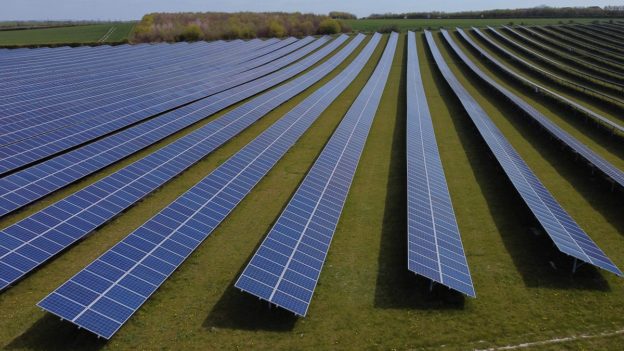One of the imperatives for tapping into the true potential of green hydrogen is promoting demand-side incentives and policies to bring down costs. The National Green Hydrogen Mission, with an outlay of Rs 19,700 crore, has been India’s answer, and the budget outlines an annual production target of 5 MMT green hydrogen by 2030.
India has raised the bar on its clean energy transition with the new budgetary allocations and ambitions. This is a powerful message from the country, especially as it hosts the G20 Summit this year with the ambition of promoting inclusivity and achieving pragmatic solutions that benefit the world, especially, the Global South and climate change vulnerable nations. In the journey to Net Zero by 2070, the focus on fast-tracking “green growth” is laudable not only for its positive impact on the environment but also for the economy.
We strongly believe that a focus on clean energy transition and green-centric growth is a powerful pathway to unlock new economic opportunities, and it is heartening to see increased allocations to the tune of Rs 35,000 crore towards this.
There are strong interlinkages between the seven priorities or Saptarishis outlined in the budget, namely, inclusive development, reaching the last mile, infrastructure & investment, unleashing the potential, green growth, youth power and financial sector.
Identifying these linkages underline how the country has embraced the realities in clean energy transition. The country realizes the urgent need to tap into multiple pathways to ensure affordable, accessible, and reliable clean energy for the 1.4 billion population as a fundamental force for economic progress.
Enhancing the role of green hydrogen
One of the imperatives for tapping into the true potential of green hydrogen is promoting demand-side incentives and policies to bring down costs. The National Green Hydrogen Mission, with an outlay of Rs 19,700 crore, has been India’s answer, and the budget outlines an annual production target of 5 MMT green hydrogen by 2030.
The proposed investment in the budget for the construction of the inter-state transmission system for evacuation and grid integration of 13 GW of renewable energy from Ladakh is another strategic step – increasing grid capacity to deliver clean power to wider geographies. This also highlights the priority that the country is placing on wind, with Ladakh having a wind power potential of over 1 lakh MW at a height of 120 meters and over 5,000 MW at a hub height of 50 meters.
Typically, conventional grid systems have been highly centralized and have faced the challenge of intermittent power output of renewable energy. Smart grids of the future must integrate energy storage systems, which will help improve the reliability of the electricity networks with better grid balancing for higher renewable energy mix.
The budgetary proposal to support battery energy storage systems with capacity of 4,000 MWH through viability gap funding is a welcome step towards renewable energy adoption as it addresses a primary challenge in the adoption of renewable energy – the cost and scale needed to deliver uninterrupted renewable power.
The role of pumped hydro storage systems
The proposals in the budget show a deeper understanding of the government about the fundamental challenges to be addressed in making the clean energy transition. This is most evident in the announcement that a detailed framework for Pumped Hydro Storage Projects will also be formulated.
Energy storage systems must be operated as part of generation, transmission and distribution or as standalone energy projects, and support for further developing existing technology is key to achieving our energy transition goals.
For example, in hydropower, pumped storage provision means – at times of low demand when electricity prices tend to be lower, water can be pumped from a lower reservoir to an upper reservoir, and then released at times of high demand to drive a turbine and generate electricity.
Pumped storage hydropower (PSH) projects lower levelized cost of electricity, can be integrated across some of the 5,745 dams in the country, as well as developed in disused mines, non-powered dams and conventional hydropower plants.The estimated potential of PSH across 120 sites in the country is a staggering 120GW, and the new framework could very well lend fillip to the sector.
The bottom line is that policy interventions in specific fuels such as-green hydrogen and wind along with a focus on grid modernization and pumped storage technology, must continue for the country to succeed in achieving its long-term decarbonization objectives. The budget has sent out the right signals, and the industry must continue to serve as strong partners to fast-track the journey to Net Zero.
https://www.financialexpress.com/industry/indias-budget-provisions-for-clean-energy-transition-will-fast-track-the-journey-to-net-zero/3025855/





